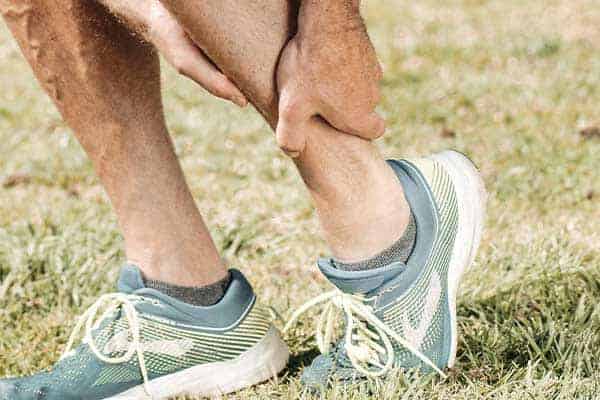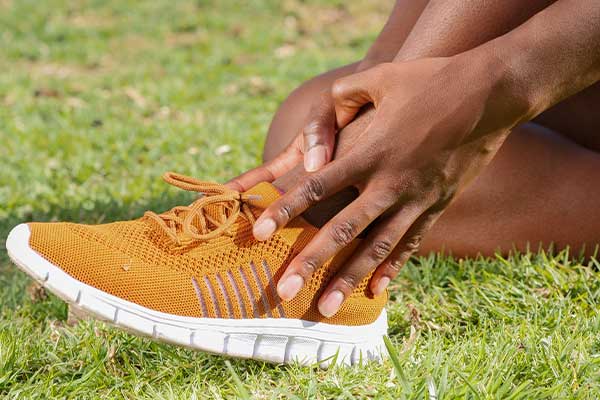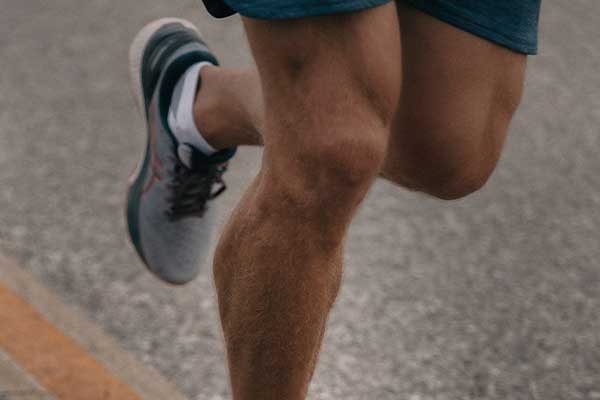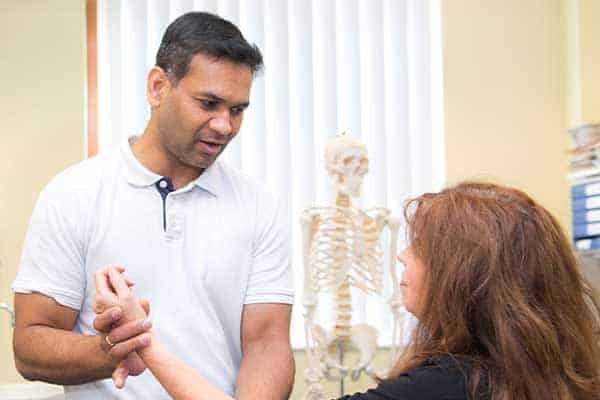Calf muscle injuries are strains or tears to the muscles on the back of your lower leg. These can range from mild overstretching to complete rupture.
The main muscle bulk of your calf is made up of two muscles, one on the surface (the gastrocnemius) and the other deeper (the soleus). Together, they help to propel you forward when you walk, run and accelerate, as well as controlling how your lower leg lands during these actions.
Injuries can occur in all areas of the muscle, in one or both muscles.
What causes calf muscle injuries?
Calf muscle injuries frequently occur during sports and activities that involve changes of speed and direction.
They can also occur during activities where these muscles are overloaded.
What are the symptoms of calf muscle injuries?
Typical symptoms include:
- A sharp, sudden pain in the calf muscles.
- Pain experienced when resuming the activity.
- Inability to put weight on your foot, to walk, or to rise up onto your toes.
- Aching and stiffness.
Depending on the severity of the injury, you may also see:
- Swelling and bruising.
- Abnormal appearance of your calf.
How are calf muscle injuries diagnosed?
There are different grades of calf muscle injury.
- Grade 1: A mild muscle pull or strain causing pain and tenderness but no loss of muscle strength.
- Grade 2: A partial muscle tear, which might cause swelling and bruising as well as some loss of strength.
- Grade 3: A ‘complete’ muscle tear/rupture, with over 50% of muscle fibres torn. This will usually be very painful, tender, swollen and bruised, and you will be unable to use your leg.
There is normally no need to seek an assessment from your GP unless you are concerned that you have a severe injury (Grade 3), or if your symptoms do not improve.
What are the treatment options for calf muscle injuries?
Depending on the severity of your injury, it may be advisable to start moving your foot around and walking again, as soon as possible, or to avoid putting any weight on your injured leg (for Grade 3 injuries, your GP may recommend using crutches).
In either case, it is important to manage pain and swelling during the first few days.
Put an ice pack on the calf area for 10-20 minutes, every 2-3 hours, to relieve pain. (Do not put ice directly next to skin as it may cause ice burn. Wrap it in a damp tea towel. Also, do not lie on the ice. Remove the pack if irritation increases. Allow the area to return to normal temperature before reapplying the ice.)
Compress your lower leg with a tubular bandage or neoprene support. This can help to relieve pain and reduce swelling. This should only be worn during the day and removed when you go to bed.
As often as possible, use pillows or cushions to elevate your lower leg above the level of your heart. This can also help to relieve pain and reduce swelling.
You could try anti-inflammatory painkillers such as Ibuprofen. Some anti-inflammatory painkillers also come as creams or gels, which you can rub over your calf area. These tend to produce fewer side effects than those taken by mouth. If you cannot take anti-inflammatory painkillers, other painkillers such as paracetamol, with or without codeine added, may be helpful. Ask your doctor or pharmacist for advice.
Once the pain and swelling start to improve, you should consider exercises to maintain ankle function and help your muscles regain their strength. These should be light to start with, such as walking and simple movement exercises, gradually progressing to balance, weight-bearing and strengthening exercises (depending on the severity of your injury). Eventually you will move on to practising jumping and landing, then running.
Your doctor can offer advice or refer you for physiotherapy or other manual therapies.
In very rare cases, if your injury has been particularly severe, surgery may be necessary.
What is the prognosis (outlook) for calf muscle injuries?
Recovering from a calf muscle injury may take days, weeks or months, depending on how severe it is and how effective your rehabilitation regime.
A completely torn calf muscle may take several months to heal and you will be unable to resume training or to play sport during this time.
How can I prevent recurrence of calf muscle injuries?
It is important not to overdo your recovery exercises or to return to sports too early.
However, it is also unwise to avoid exercise, as this can lead to further problems.
Performing regular stretching and strengthening exercises could help avoid future episodes of calf muscle injury. So can warming up properly before exercise.
Recommended exercises (click to expand):
Plantar flexion
- Sit on the floor with your legs stretched out in front of you.
- Using your injured leg, point your toes down as far as you can.
- Return your toes to the neutral resting position and then repeat.
- Your knees should remain straight in order to stretch your calf muscles.
Seated heel raise
- Sit in an upright chair with your shoulders back and your legs bent naturally at the knee.
- Slowly raise both heels off the floor, keeping your toes in contact with the floor.
- Repeat.
Exercise band plantar flexion
- Sit on the floor with your legs stretched out in front of you.
- If you have a latex exercise/resistance band or similar (an elasticated belt or old pair of tights would suffice), position the band behind the ball of your foot.
- Hold the other ends of the band in your hands to create some tension.
- Point your toes down against the resistance of the band.
- Control the movement as you return to the start position.
- Make sure to keep your knees straight during this exercise.
Double heel raise (gastrocnemius muscle)
- Using the back of a chair for balance only, stand up straight with your legs a hip-width apart.
- Slowly rise up onto your toes, keeping your legs straight, and hold.
- Control the movement as you lower back down.
- Repeat.
Double heel raise (soleus muscle)
- Using the back of a chair for balance only, stand with both legs slightly bent and your heels flat on the floor.
- Keeping your knees slightly bent, slowly rise up onto your toes, and hold.
- Control the movement as you lower your heels back down.
- Relax and repeat.
Single leg heel raise
- Using the back of a chair for balance only, stand on your injured leg and bend the other knee to lift the uninjured leg out of the way.
- Rise up onto your toes, so that your heel comes off the floor, keeping your knee straight.
- Hold this position.
- Control the movement back to the start position.
- Repeat.
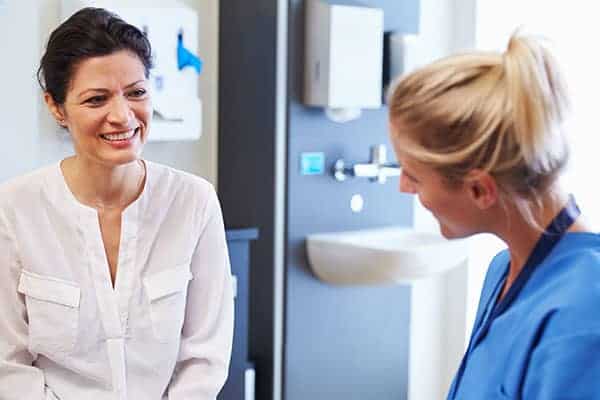
How to get referred
Find out how to get referred to Practice Plus Group MSK & Diagnostics for NHS treatment.

